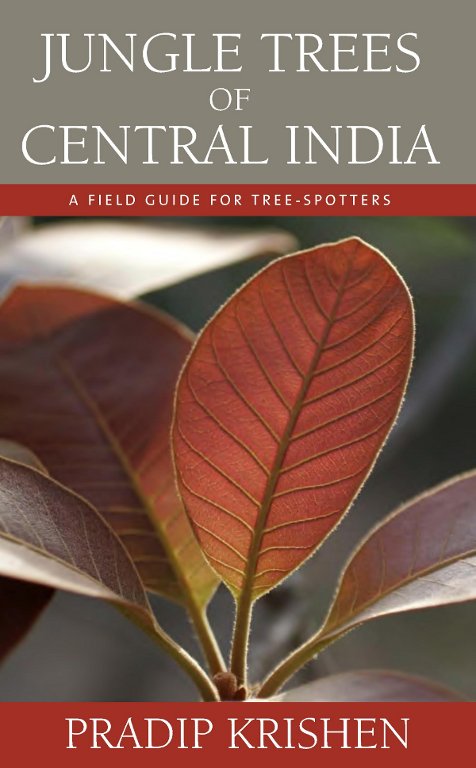
Content Courtesy: Flowers of India
Jungle Trees of Central India is a lovingly detailed field guide to every tree you're likely to see in the magnificent dry, deciduous forests of the region. Bigger than France and encompassing 5 of India's most visited Tiger Reserves, Central India is home to the classical types of wilderness that one associates with the term 'Indian Jungle'.
Following on from his Trees of Delhi (2006), which set new standards for botanical field guides in India, Pradip Krishen spent three and a half years travelling intensively through Central India to bring you this book. "You don't have to be a botanist to enjoy trees," he says. "With this book in hand, anyone can learn to become an expert tree-spotter and take their enjoyment of wild places to another level."
The book is due to be released in mid-2011.
Highlights of the book
- 168 species of native trees, with tips about how to spot them and where they are found
- Terrain maps of central India so you can see where the hills and forests are
- Over 1300 full-colour photographs with superb macro-photography
- Trees arranged according to an easy-to-follow leaf scheme
- 34 pages of Keys to bark texture, flowers and fruit in addition to leaf keys
- Index to local, common English and scientific names
Contents of the book
Introduction
- Preface
- What is a Tree?
- Tree Names
- The Parts of a Tree
- How to Use this Book
- How to Use the Keys
- Central India Defined
- The Natural Ecology of Central India
- Micro-habitats in Central India
- Historical Perspective
- Tree-Spotting in Central India
The Keys
- Bark Textures
- Flowers
- Fruit Forms
Tree Guide
- Simple Leaves
- Untoothed
- Toothed
- Lobed
- Compound Leaves
- Palmate
- One-Pinnate
- Two-Pinnate
Bank of the Book
- Notes on the Species
- List of Species
- Index
About the Author
Pradip Krishen gave up film-making in 1994 to write about wild plants and places for an audience of amateur enthusiasts. He wrote INTACH's guide to the Trees of Lodi Gardens in 2001 and published Trees of Delhi - A Field Guide in 2006. He works professionally as a Native Plants gardener and is Director of the 70-hectare Rao Jodha Desert Rock Park in Jodhpur. He is consultant to the Aga Khan Trust in Delhi for the recreation of Delhi's native micro-habitats in Sundar Nursery.
For more info, please see Monsoon Forest.
Download the basic layout and design (preview) of the book below (in PDF) or from the Flowers of India site (in DJVU format).
The above description has been taken from the back cover of the book.